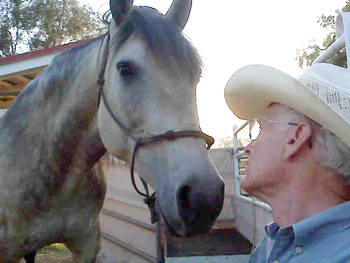
I have never been licked by a horse before. Lots of sniffing, nudging, lip nibbling, and just hanging out close by. But never a full-blown, full-tongue lick on the arm. Especially by a mustang who’s never even had a lead rope on. That is I’ve never been licked until yesterday. Kathleen and I (and ALL of the dogs) were sitting in the play pen having our evening no-agenda talk time while Noelle munched hay all around us. Benji was at my feet and Noelle was making her daily attempt to strike up a relationship but Benji hasn’t warmed up to her like she did with Malachi.
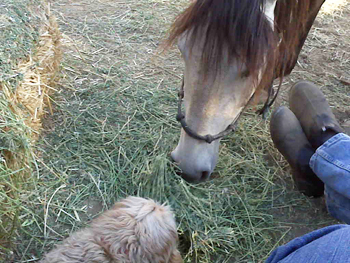 Maybe Noelle’s size plays into it. But when Noelle tried to get a nose sniff, Benji leaped up into my lap. She obviously felt safer there because she allowed Noelle to get closer. But it was a surprise when Noelle reached out and licked Benji’s ear, spitting out the hairs almost one at a time.
Maybe Noelle’s size plays into it. But when Noelle tried to get a nose sniff, Benji leaped up into my lap. She obviously felt safer there because she allowed Noelle to get closer. But it was a surprise when Noelle reached out and licked Benji’s ear, spitting out the hairs almost one at a time.
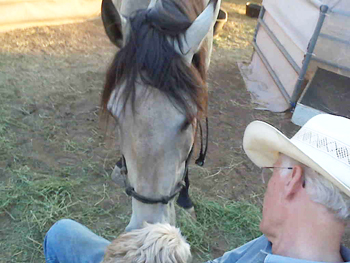
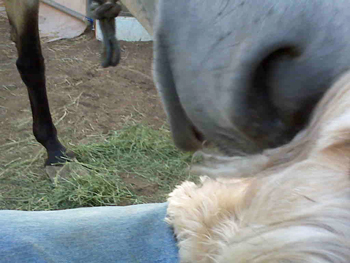 I was watching closely to make sure no teeth were emerging, and they weren’t, so I turned to make sure Kathleen was taking this in, and felt this warm wet thing on my wrist. Lick… lick… lick. Followed by the click… click… click of Kathleen’s cell phone camera. Unfortunately in order to not freak out Noelle, Kathleen was locked in her chair, had very little maneuverability, and was using a cell phone so these are not her best photos but perhaps you can get a sense of what was going on.
I was watching closely to make sure no teeth were emerging, and they weren’t, so I turned to make sure Kathleen was taking this in, and felt this warm wet thing on my wrist. Lick… lick… lick. Followed by the click… click… click of Kathleen’s cell phone camera. Unfortunately in order to not freak out Noelle, Kathleen was locked in her chair, had very little maneuverability, and was using a cell phone so these are not her best photos but perhaps you can get a sense of what was going on.
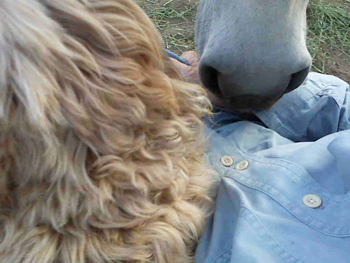 It was weird, and I wondered aloud if it might be a salt issue. It had been very hot that day and I’m sure I tasted salty. Noelle gets a granular salt/mineral supplement with her other goodies in the morning but for some reason I had never put out a free-choice tub where she could take what she wanted whenever she wanted it. I amended that immediately. But this got me thinking about the salt/mineral blocks we used to use back in the beginning (almost four whole years ago now). And a poll I recently read on TheHorse.com asking how many folks still use blocks. I was astounded at the number.
It was weird, and I wondered aloud if it might be a salt issue. It had been very hot that day and I’m sure I tasted salty. Noelle gets a granular salt/mineral supplement with her other goodies in the morning but for some reason I had never put out a free-choice tub where she could take what she wanted whenever she wanted it. I amended that immediately. But this got me thinking about the salt/mineral blocks we used to use back in the beginning (almost four whole years ago now). And a poll I recently read on TheHorse.com asking how many folks still use blocks. I was astounded at the number.
One of the many things I asked about when our first three horses landed in our yard was, “Aren’t we supposed to have a salt block?” “Of course,” was the unanimous answer. Can’t hurt.” The reason it’s in a block, we were told, is so the horse can’t get too much. You know how bad salt can be for high blood pressure and other things. We bought it because that’s all the information we had. That was before we learned that horses are quite good at monitoring what they need and ingesting enough to cover their needs if given the option to do so. And it was before we learned how much horses need their salt, especially under certain pasture conditions. And before we discovered that the problem with salt and mineral blocks is that there is no way most horses can “lick” enough of what they need from a block because the horse, unlike the cow, does not have a sandpaper tongue to scrape away the goodies locked in the block. These blocks were originally designed for cattle and they more or less migrated into the horse world. A horse simply cannot do enough licking to serve the needs of his body. Now I’ve discovered that even the cow can’t get enough out of a block during times of acute need. Dr W. W. Swerczek, DVM, PhD says: “Most cattlemen assume they have adequate sodium if cattle are exposed to salt blocks. Cattle and other herbivores cannot obtain enough salt or sodium from hard salt blocks during periods of acute needs. The most dominant animals in a herd will horde a salt block and the remainder will leave without any salt. Even the animals that horde the block cannot consume enough salt to neutralize the acute excessive dietary nitrate during periods of acute stress to forages, like frosts and freezes to high nitrogenous forages.”
Dr. Matt, our vet in California, says that he’s seen many a small block chewed to pieces because that’s the only way the horse can get enough of what he needs from the block. Also he sees a lot of folks depending upon the ingredients in sacked feeds to supply what their horses need. The problem with that is: a standard portion of any sack feed doesn’t take into consideration the differences in the metabolism of each animal, the differences in the way they are living, their stress levels, or the differences in times of the calendar year.
Study after study says it’s best to leave it up to the horses. They will know when they need it and how much they need. So I would definitely recommend that yours have access to a free-choice-all-the-time granular salt and/or mineral mix. We have two buckets hanging from the pasture fence. Our pasture-five have access to them 24/7. And now Noelle has her little tub. We use Dr. Dan Moore’s formulation called Red Cal because we like what we read about the product, and what we read about him… and because the mix will last through several rains and still be viable. Just let it settle a bit after a rain and pour off the liquid. What’s left in the bucket is still good to go. But there are also many different formulations out there easily found via a Google search and all are better than forcing your horse to attempt to supply his needs by licking on a block. Or your wrist :)
Joe
——
The story of our journey with horses (to date) is told in the two books that follow: the national best seller The Soul of a Horse – Life Lessons from the Herd and its sequel Born Wild – The Soul of a Horse.
And what a story it is as two novices without a clue stumble and bumble their way through the learning process so that hopefully you won’t have to. If you haven’t read both of these books already please do because with that reading, I believe, will come not just the knowledge of discovery but the passion and the excitement to cause you to commit to your journey with horses, to do for the horse without waiver so that your relationship and experience will be with loving, happy and healthy horses who are willing partners and who never stop trying for you. Horses like ours.
The highly acclaimed best selling sequel to the National Best Seller
The Soul of a Horse – Life Lessons from the Herd
#1 Amazon Best Seller
#1 Amazon “Hot New Releases”
Amazon & Kindle
B&N and Nook
Apple iBooks
Google play
Order Personally Inscribed Copies of Born Wild – $15
Order Both The Soul of a Horse & Born Wild – Save 20%
Both Personally Inscribed – $24
Please list the names for each inscription in the “instructions to Seller” field as you check out!
Read More About Born Wild
Read More About The Soul of a Horse
Watch The Soul of a Horse Trailer
Watch the Born Wild Trailer
But first read the National Best Seller that started it all
Now in it’s 13th printing:
Amazon & Kindle
Barnes & Noble & NOOKbook
Apple iBooks
Order Personally Inscribed Copies of The Soul of a Horse – $15
Order Both The Soul of a Horse & Born Wild – Save 20%
Both Personally Inscribed – $24
Please list the names for each inscription in the “instructions to Seller” field as you check out!
Read More About Born Wild
Read More About The Soul of a Horse
Watch The Soul of a Horse Trailer
Watch the Born Wild Trailer
“One cannot help but be touched by Camp’s love and sympathy for animals and by his eloquence on the subject.” – Michael Korda, The Washington Post
“Joe Camp is a natural when it comes to understanding how animals tick and a genius at telling us their story. His books are must-reads for those who love animals of any species.” – Monty Roberts – Author of New York Timers Best-seller The Man Who Listens to Horses
“Camp’s tightly-written, simply-designed and powerfully drawn chapters often read like short stories that flow from the heart.” Jack L. Kennedy – The Joplin Independent
“Joe Camp is a gifted storyteller and the results are magical. Joe entertains, educates and empowers, baring his own soul while articulating keystone principles of a modern revolution in horsemanship.” – Rick Lamb – TV/Radio host – The Horse Show














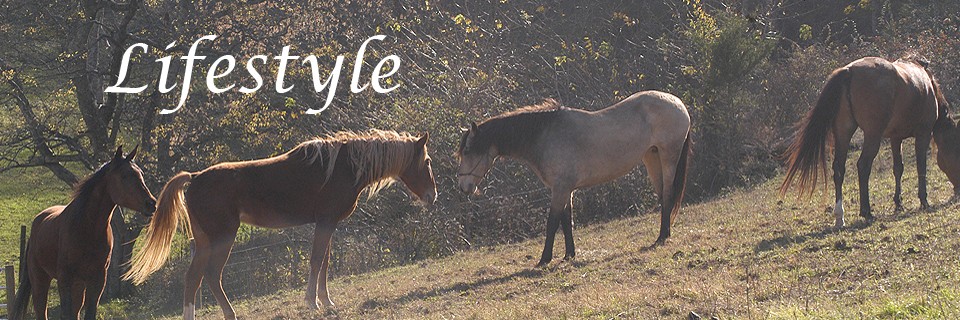
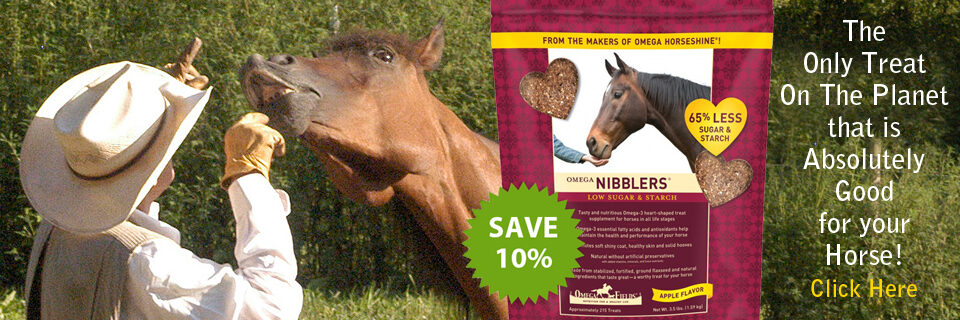
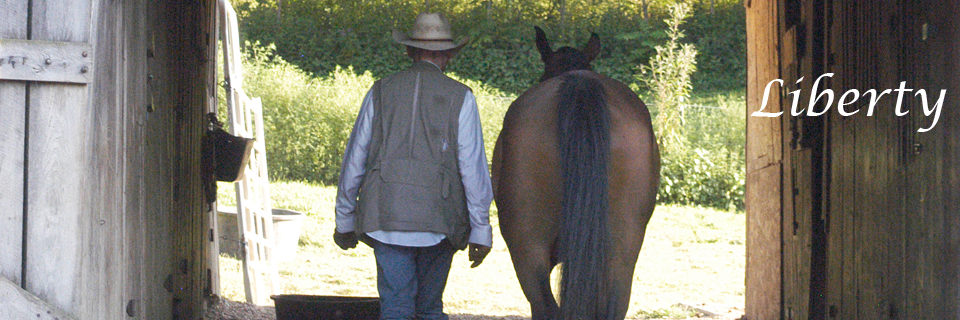
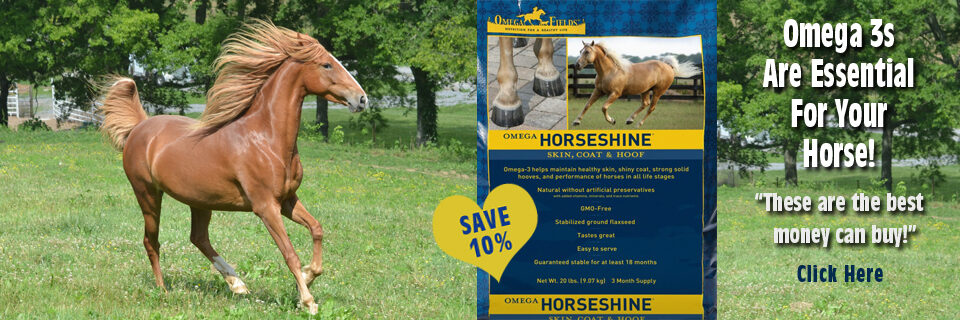
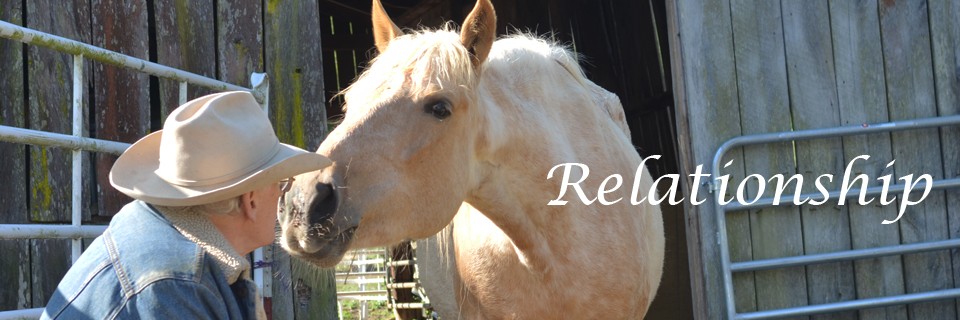
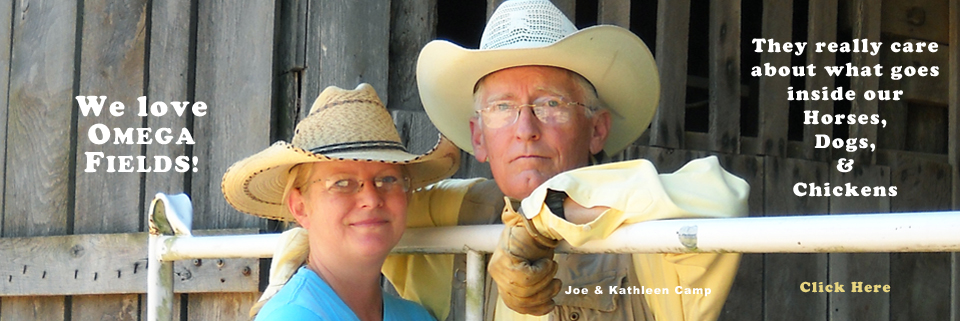
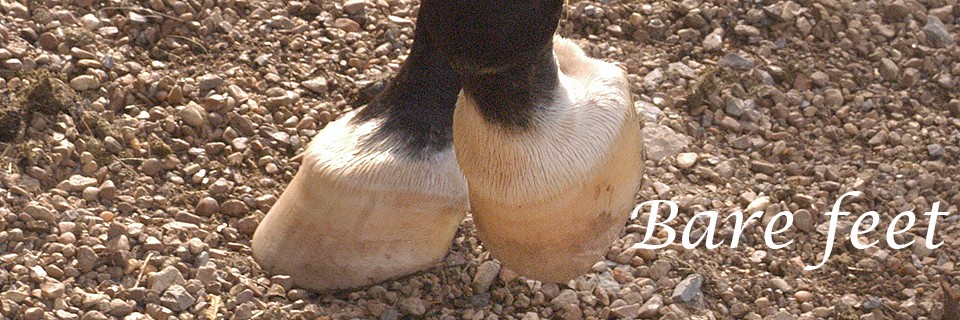
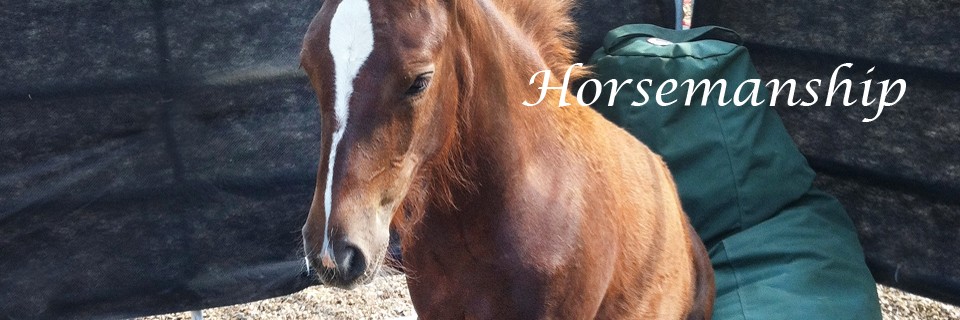
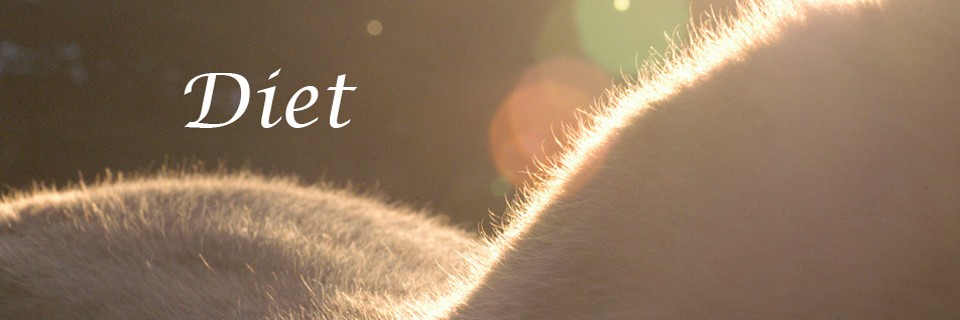

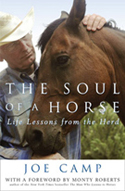
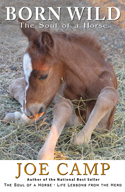
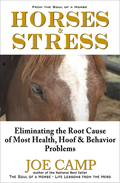
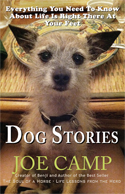
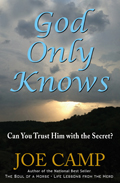
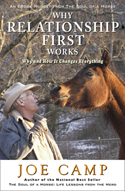
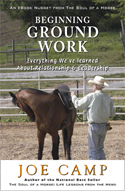
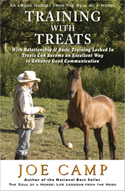
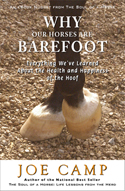
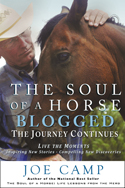
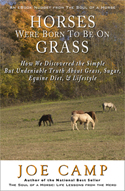
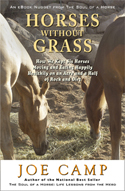

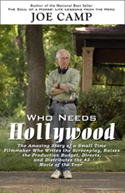

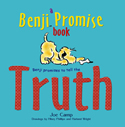
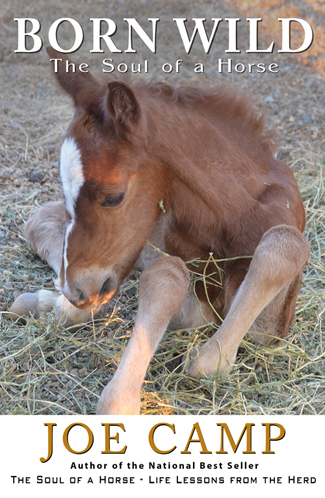
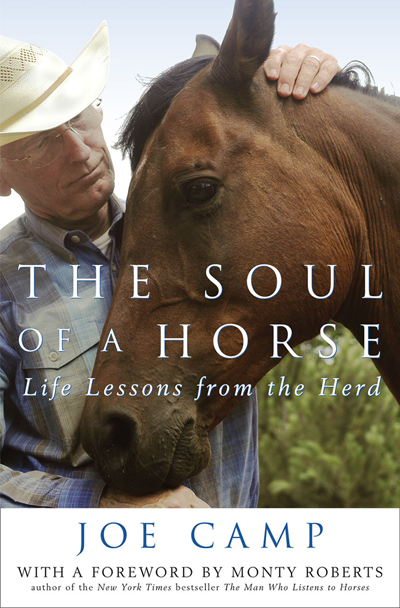
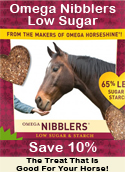
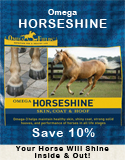
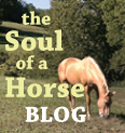

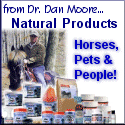
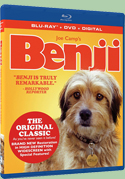
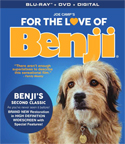


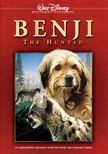
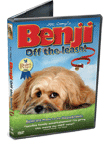


I am the kid in the candy store on your site! Just found it after reading The Soul of a Horse (again!). Laughing, tears- just like reading your book.
Getting ready to start our own journey after FINALLY coming HOME to 13 acres in the country. What a balm to the soul already even before the horses come! We can un-board (bored?!) my daughter’s horse and I am currently looking for my own Skeeter ~~kindred spirit Kathleen :) I want to see “it” in his eyes, not just his quietness. “The eyes are the lamp to the soul”. I hope I will just know.
Reading your book touched me deeply and made me happy that, in spite of what every one else was doing, and, despite having very little horse-owner experience, I had the farrier pull Shiloh’s shoes and did not blanket over the winter (they were turned out all day and I was afraid he’d get hung up in a blanket or not get his good winter coat (like seeing folks in Florida freezing when it’s in the 60s haha) and, besides, I just KNEW those northwest wild mustangs probably did NOT wear blankets or shoes and quite happy with that!)
It’s worse than waiting for Christmas, having to be patient enough to find the “right” horse for me so we can bring the 2 home together. I don’t even care about riding yet–just want to be out in the pasture under the trees soaking them in and beginning a real relationship from the inside out.
Thank you Joe and Kathleen and herd. Yours was the very first (only?!) book written by someone just starting out and wanting to get it right for your horses–all the “firsts”. I am right there now with my own beginnings and very much appreciate your lessons learned from the herd.
You helped me know how to start with the most important basics. Relationship and care. Nothing settles, calms my fears, like knowledge (what to do/not do), understanding (why it is best for my horse), and practice (hence the need for the horse that is willing to teach ME!)
Thank you from the soul of a horse loving beginner!
ps–someone before me must have read your book too. Our little hitching post is not cute at all! no end pieces :) :)
Dear Joe and Kathleen,
Noelle is licking you because she loves you…
Thanks. I hope so. But that’s the only time she’s ever done that, before or since.
All babies deserve only the best care! I really appreciate your expertise.
Not expertise Graco. Just a journey of discovery :)
Hi again the equilix lick is designed for horses, they can eat it quite easily as I have three different blocks- the buckey , a salt and the equilix. The only one that is eaten a lot is the equilix (about 1/4 of 125 lb lick is gone in a few weeks) , it sort of crumbles instead of licking but does not get washed away by rain. I have no idea how they do it. The horse love it. So I am hoping that this is good for them. I guess in a way it is not really a lick – it is made differently – it looks and feels different. THey will not eat the buckeye ( I wish they would as it was not cheap) I even tried pouring molasses on it ( which I do not like to do). I had googled the DE ( that is why I use it) but this person said she was a 3rd year medical student and according to wherever she does her research online she said she could not find a “legitimate” research paper. I cannot prove or disprove as she said she has access to medical literature that I do not. Again I agree totally with you. I know doctors are taught little in the way of nutrition – my mom told her heart specialist over 40 years ago that she would be taking vit e for her heart – he disagreed that it would do anything. Thanks again. Have a great day.
My worry with it is that blocks were originally designed for cattle whose tongues are like sandpaper. A horses tongue is not. And there is research on the fact that a horse cannot get enough of what he needs by licking a block. The same ingredients can be found in a free-choice granular that you can hang in a bucket (or several) at good locations. Dr. Dan’s Red Cal is not even affected by the rain. Just pour off the water and what’s left in the bucket is just as good as before the rain. Insofar as “legitimate” research is concerned I agree with your mother. The first reason that there is no “legit” research on any subject is that no one is interested in it, except perhaps us who know it’s good or works and don’t have the time to goof with “legit” research. Auburn University vet school is currently doing legitimate research on the healing power of barefoot trims following the wild horse model on laminitis (and batting 1000)… but the time it’s going to take (and the funding) to get all the documentation together, get it published, etc etc etc is enormous. The simple answer of course is that every horse on the planet is genetically the same having evolved over millions of years in the western great basin and when we replicate that lifestyle and environment with our the so-called domestic horses, laminitis isn’t a problem. There is virtually no incidents of hoof lameness in the wild, and it’s rampant in domestic horses because of their lifestyle, diets, metal shoes, etc.
HI, this is a great site. We have just started using a vit/mineral block called equilix. The things people have said about this product is amazing. I hope it does half of what people say. Do you have any thoughts on this product? It has no sugar or starch and my horses love it. I thought that maybe they would not eat it as I have been giving flakes of vit and minerals from buckeye but the horses are eating a lot ( they said they would at first and then settle down) We also have a block from buckeye but they do not touch it and also a salt lick. The equilix has DE in it but I was also mixing it in a mash before. I had a bit of a discussion with a nutritionist from one of the horse products who asked why I would feed dirt to my horse -DE. I tried to say it was a mineral just like Ca that can also come from so called dirt
(sort of). She said there was no real research to support its use. Do you know of any that I can present to her at our next meeting. Thanks again for the great site.
Judy… every intelligent thing I’ve read says that blocks were originally designed for cattle whose tongues are much coarser, more like sandpaper, than horses. That horses cannot possibly get what they need from a block because they cannot scrape off enough to matter. As to DE there is plenty of research. Google it. I even take it in my morning smoothie :) The global problem with people re horses seems to be that if someone has never heard of it, it doesn’t exist. For someone to say “There is no real research” is ludicrous. I would never say that. Has that person seen all the research in the world on that subject. There is so much going on that there’s no way to know it all. We all must keep an open mind.
Noelle is such a sweetheart. She seems like a great horse. I am reading your book right now, and I really want to take off the shoes on the front hooves on my horse. I don’t want her to be tender too long that I can’t excersise her. Can I still ride just easily? Could I run her to keep her healthy? As I read in your book, I am going to take off her blanket early spring. She has a pretty natual corral that has steep hills and boulders. I really enjoy your book and I can’t seem to put it down. I really like all of the adventures you and Kathleen have had. Thank you for sharing all those things with all of us readers!
although I”ve not had any problems per se, i give my horses electrolytes in the summer months, as texas is extremely hot weather, one of the vets i use suggested doing that. they always have access to water, and they drink alot.
i have been using platinum performance electrolyte, but recently switched to tractguard by foxden equine, as i like the absorption factors with that product.
i have in the past tried the red cal, but i couldnt get my horses to touch it, i wet it etc, but they just wouldnt utilize the product, so gave up on that.
also i’ve read up on the data on benefits of giving products with the diacemateous earth in it, but i dont like the idea of specifically what i deem to be basically dirt.
just my opinion on that one.
One of my horses is on thyroid meds, so I keep a close watch on him in regard to hydration etc
debb g
just finished your book soul of the horse, i think it should be a prerequisite for everyone that buys a horse! your experiences in every instance have mirrored mine with my first horse purchase. i feed triple crown low starch, i’ve gone the gammet of feed through fly, and also wormer, but now learning from research horses might have problems later as it gets processed thru liver, and may hurt them later on. I now fecal stool sample then paste, plus researched/books on equine nutrition, plus saddle fitting, plus everything else i could get my hands on, everyone as we all know has an “opinion” but I feel I now have enough longevity with horse ownership and my experiences, at least I can say what I tout as the “way” to provide the best care is what i’ve seen first hand!
i also bought the red cal, but my horses wouldnt eat it, i tried everything, wetting it etc, but they just didnt want the stuff, (I have two horses) i wasnt thrilled with the diacemateous earth in it, and i’ve tried to research that to the best of my ability too, and know it has its benefits apparently, but i’m not completely sold on it.
i live in the heat/humidity of texas, so although my horses drink good, i do supplement electrolytes in the summer time here.
again, i LOVED your book I wish everyone knew and would follow all that you’ve taken the time to put into words. I am lucky to get to use Eddie Drabek as my farrier, I waited 1.5 yrs for an AAHNCP practitioner to be in my area, and I’m thrilled he travels 2hrs into my area, i tell everyone I know of the benefits of barefoot trims. My horses have great hooves due to this, and while my vet wasnt totally closed minded he stated he just wanted to “wait and see” kind of attitude. You’re insight on why vets are so hesitant to promote was an eye opener for me.
i tease eddie all the time i swear i’m going to quit talking, of course I can’t, but it never ceases to amaze me how much ignorance is in the horse world.
Add to that I have gaited horses, and oh boy how could I know anything? LOL
thanks for your insighful and generous book,
dg
My quarter horse licks me on a daily basis. When we are doing our ground work and I
offer a rub or food reward for great effort, many times he would prefer to lick my hand. The other day for the first time after I had been away for 9 days he was very
excited to see and was very vocal in his greeting. After a few rubs I offered him a kiss
and to my surprise he gave me some big licks on my face. I was delighted with this
show of happiness.
Hi Joe. I have a 21 year Quarter Horse Mare named Savannah and I have found her to be very affectionate and loving. Ever since we bonded she has been by my side and follows me around when I am doing chores. She know I keep treats in my pocket and will nudge me for one or I will ask her want she wants and she will respond in a low voice. About a month or so ago she started giving me a lick on my hand or arm and now she will give me “kiss” on the side of my face. This I find to be very rewarding and tell me that she really trusts and likes me and is her way of telling me. I have always been able to build a strong bond with dogs but this is the first time with a horse and I feel honored. She is a great horse and it is the highlight of my day to spend time with her. Bob
I enjoy reading your newsletter. I’m also so sorry for the loss of your baby Malachi. I was wondering, have you ever read the book Nutrient Requirements for Horses, by the National Research Council?
Joe, where do you get your Red Cal? Is there a place in Southern California that carries it or do I need to go to their website (which I just did) and order it there? Yikes! Shipping…$$! Thanks again! Yes, our herd expanded quickly by our two recent additions. Dandy needed a home and so did Quad!
Joe, thanks again for all the new info! I’m still reading it! We are enjoying our newest addition, Quad, from TB Friends. He is very laid back and is a gentle soul. Dandy, now Lady, is another matter! She’s very pushy, so she and I are still doing “join up” in the round pen. But, she had a good lesson this week! We have 6 horses now!
Cheryl Ann~~http://deserthorses.blogspot.com/
At your nudging, again, I’ve ordered the Red Cal and Bug Check—I’ve seen the donks licking the salt blocks but I can’t say I’ve seen the horse around it much. Will be very interested to see the change when we get the products into their systems. Thanks for helping us take better care of our pasture pals. I’m so distressed by the news about trying to get slaughter houses set up again, to manage the wild horses and ones that owners are neglecting due to high costs. We have donated hay 2x to people in need and even watered our hay field to get a second cutting. It’s not going to be as much as the first but I dearly want to help those that currently have extra mouths to feed.
Thanks for the kind words y’all. Joe was giving me a bit of grief that my pictures weren’t capturing the flavor of what was going on, but in spite of not being “framed” perfectly, you can see how curious Noelle is. I think that when Malachi was here, she was in total Mommy mode and trying to protect him from the strange two legged creatures :). Now, she’s showing that curiosity we saw in her at the BLM holding facility that chilly December day. Happy tails and trails!
Many thanks for the comments everyone. All good Louanne. If they have the options, whatever they choose will be the right thing. Sandy… yes the Diet-Nutrition page of the website is the way we’re feeding today. I would suggest you try a garlic-diatomaceous earth mix for the flies and parasites. We use Dr. Dan’s Bug Check (http://www.thenaturalvet.net/cgi-bin/genesis.exe/RepsitePage.html?p_get_webid=joecampagain&p_catid=1&p_prodid=7). The garlic takes care of the flies except around the bone-y areas of the horse like the face and lower legs. When needed I wipe on a bit of fly spray in those areas, or in the worst of summer heat we’ll put on the fly masks if necessary to keep the creatures out of their eyes. The diatomaceous earth (DE) works on the parasites and does a great job expecially when combined with a regular probiotic. We use Probios powder for a week a month. We fecal check all the horses every six months and not one of the Hillside Herd has needed a dewormer for over two years. Noelle has been clean for three months. So, both for flies and parasites we’ve (so far) been able to eliminate chemicals and poisons in their bodies.
Joe
Hi Joe and kathleen,
The pics are awesome. I am so glad to see the progress with Noelle. I have 5 horses and I appreciate the information about salt. I will certainly change the blocks and use the red cal free choice salt. Thank you for all you do and I always look forward to the updates. God Bless, Jackie
Hi Joe & Kathleen,
I have mieral salt granules in one bucket free choice, a white salt block, and red cal free choice salt in a nother bucket and so far they prefer the white salt block. The buckets have all been out about 2 months. I try to give them some by hand but their not interested in it. I’m going to keep it out any way. Maybe they’ll change their minds in time. Or maybe they don’t need it right now. Thanks for the storys, I really look forward to them. God bless, Louanne
Great information, thanks. Just wanted to share that my trainer uses the MoorMan Quadblock. It seems to be a good one, too.
Silver lining… if Noelle hadn’t needed the salt on your skin, she might not have made the brave step of actually licking you!
Nice pics with a cell phone camera Kathleen. It is good to see Noelle connecting after the trauma with Malachi.
Nice article..
Hi Joe! I loved the pictures of Noelle licking you. My question is a general one–have you changed any of the feeds from when you first started your “Diet & Nutrition/How we are feeding now” area of The Soul of a Horse? I am feeding my horses (2) by what I read there, especially the Safe Starch and the Omega Horseshine and sunflower seeds. I also use feed through parasite control and feed through fly control. My horses are barefoot and very happy. Thanks for your being there and sharing your experiences with us. Congratulations on your progress making friends with Noelle–she’s beautiful.